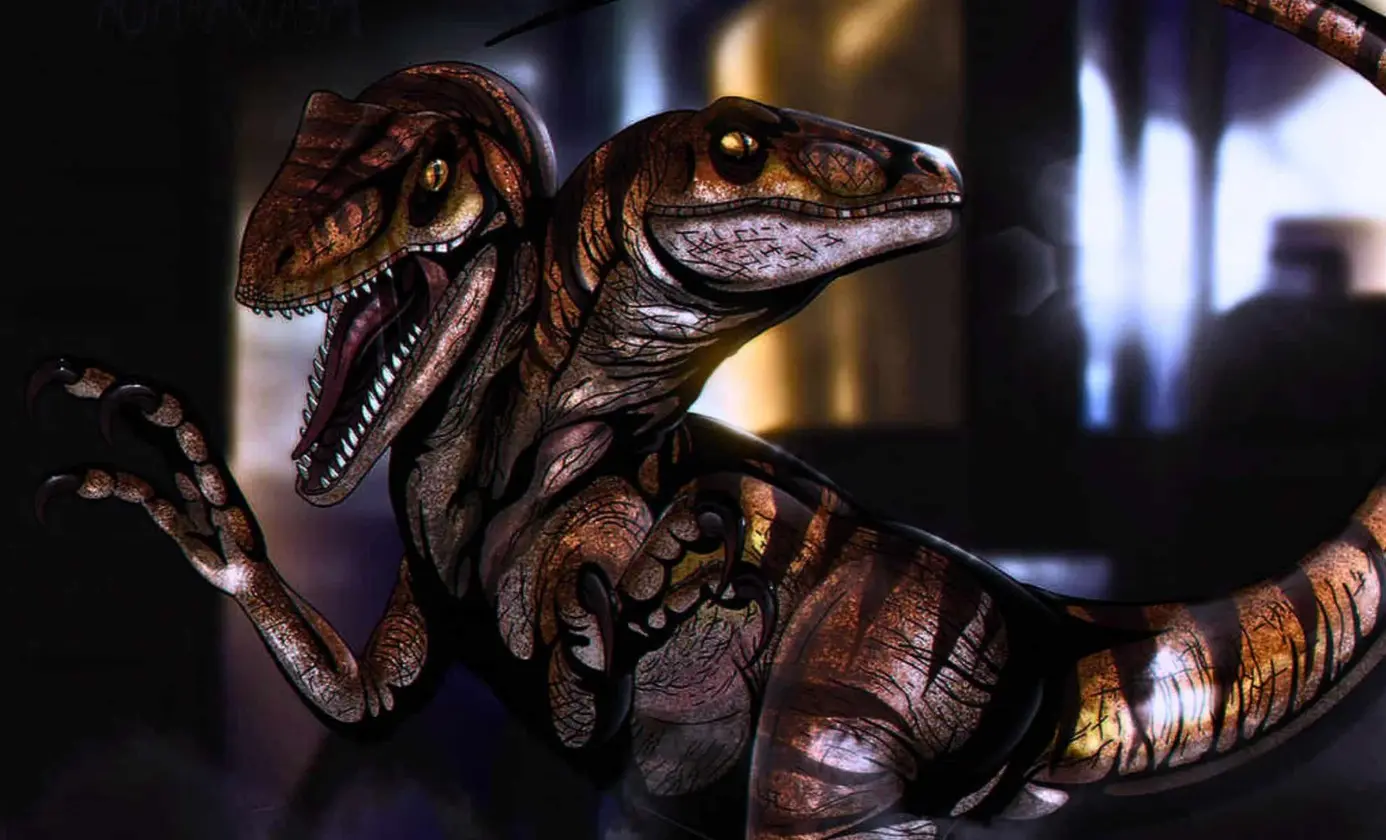T4K3.news
Two-Headed Hyphalosaurus Discovered
A 120-million-year-old fossil shows two heads on one body, reshaping ideas about ancient development.

A Hyphalosaurus lingyuanensis fossil reveals axial bifurcation, the oldest known case of polycephaly in vertebrates, offering new insight into ancient development.
Two-Headed Hyphalosaurus Rewrites Early Vertebrate Development Tale
Researchers reexamined the Hyphalosaurus lingyuanensis fossil from the Yixian Formation in northeastern China. The juvenile, just under 3 inches long, has a spinal column that splits into two necks, each with a skull, and is preserved on an almost unbroken slab of stone. The specimen shows natural deformation rather than tampering, and positions Hyphalosaurus among the early Cretaceous choristoderes rather than dinosaurs. The discovery was first described in Biology Letters in 2006 by Éric Buffetaut and colleagues and has drawn renewed attention after recent coverage.
Scientists say the find is more than a curiosity. It provides a concrete data point about developmental processes that operated long before modern vertebrates. Such axial bifurcation is rare in living reptiles, but its existence in a fossil from 120 million years ago suggests that the machinery for twinning and mispairing in embryos has deep roots in vertebrate evolution.
Key Takeaways
"Axial bifurcation is a window into the deep past where development sometimes misfires."
Highlighting the significance of the anomaly for understanding deep-time biology
"This fossil proves developmental glitches have ancient roots."
Summarizing the broader implication for vertebrate development
"The history of life is messier than our textbooks suggest."
Editorial reflection on life’s complexity
One caveat comes with rare fossils: a single specimen cannot reveal how common or how consequential this condition was in ancient ecosystems. Still, the age of the Hyphalosaurus find pushes polycephaly back by more than a hundred million years, implying that the developmental pathways for twinning existed long before dinosaurs dominated the land.
It also invites a broader look at how scientists interpret anomalies. Instead of dismissing a two-headed animal as a mistake, researchers can use it as a window into constraints and variation in vertebrate form across time. The key is balance—don’t overstate what a single fossil can tell us, while recognizing that such rare data points can reshape theories about evolution.
Highlights
- Axial bifurcation is a window into the deep past where development sometimes misfires.
- This fossil proves developmental glitches have ancient roots.
- Ancient life keeps reminding us that biology can surprise us.
- Tiny bones tell a big story about how life grows and sometimes splits.
The past keeps inviting more questions about how life grows.
Enjoyed this? Let your friends know!
Related News

Deputy headteacher banned for affair at school

Merseyside jails 66 criminals in July

Apple Watch alert helps save life after brain tumour

Manchester study identifies two new neurodevelopmental disorders

GP delays leave patient with months to live

Mbeumo and Amad link up ahead of Arsenal test

Tom Rounds survives two heart attacks after car accident

Dallas Cowboys Cheerleaders Renewed for Season 3
